
All categories
Featured selections
Trade Assurance
Buyer Central
Help Center
Get the app
Become a supplier

(743 products available)

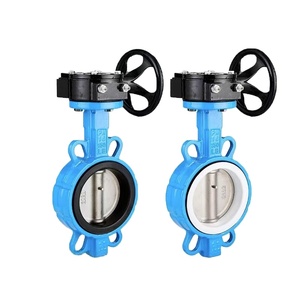


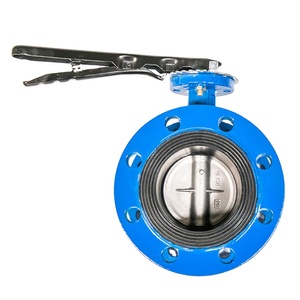

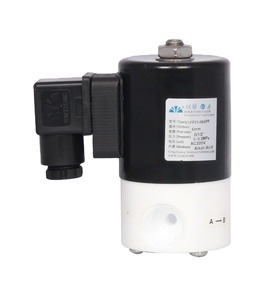

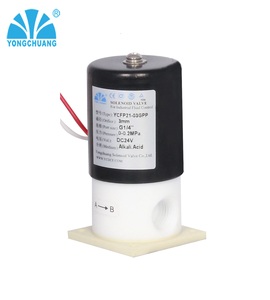

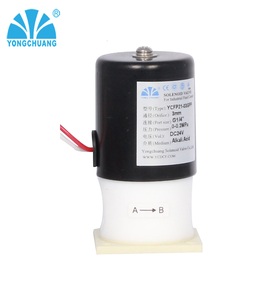



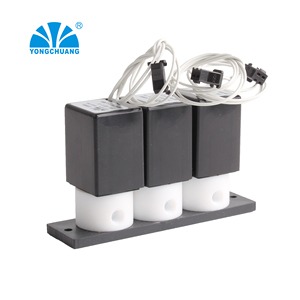

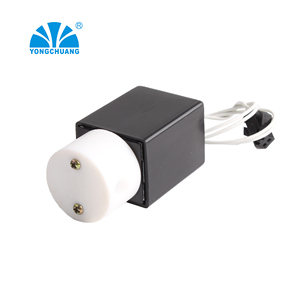







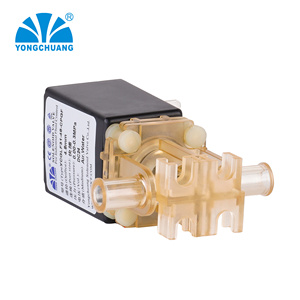











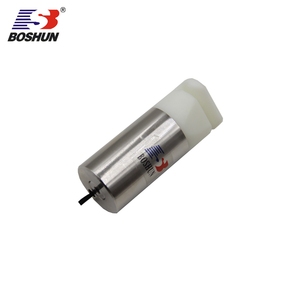

isolation valve types are essential components in various industrial applications, offering versatility and functionality in controlling fluid flow. These specialized devices are designed to regulate, direct, or control the flow of fluids by opening, closing, or partially obstructing passageways. isolation valve types are crucial in systems that require precise control over fluid dynamics, ensuring optimal performance and safety. They are an integral part of many industries, including oil and gas, water treatment, chemical manufacturing, and HVAC systems. As the demand for efficient fluid management grows, the role of isolation valve types becomes increasingly significant in modern engineering solutions.
The market offers a broad range of isolation valve types to cater to diverse requirements. Common types include diaphragm valves, pinch valves, and knife gate valves. Diaphragm valves are known for their excellent sealing properties and are often used in applications where cleanliness is paramount, such as in pharmaceuticals and food processing. Pinch valves are ideal for handling slurries and liquids with suspended solids, as they provide a tight seal without any leakage. Knife gate valves are designed for heavy-duty applications, capable of cutting through thick media with ease. Each type of isolation valve types is engineered to meet specific operational demands, ensuring reliability and efficiency in fluid management.
isolation valve types perform critical functions in fluid systems, offering features that enhance operational control and safety. They allow for precise regulation of flow rates, pressure, and temperature, adapting to the specific needs of the application. Features such as manual or automated operation, corrosion resistance, and high-temperature tolerance are common in isolation valve types. Manual operation provides simplicity and cost-effectiveness, while automated systems offer advanced control and monitoring capabilities. Corrosion-resistant materials ensure durability in harsh environments, and high-temperature tolerance is essential for applications involving extreme conditions. These features make isolation valve types indispensable in achieving optimal system performance.
The construction of isolation valve types involves a variety of materials, each selected to meet specific operational criteria. Common materials include stainless steel, brass, and PVC, each offering distinct advantages. Stainless steel is favored for its strength and corrosion resistance, making it ideal for high-pressure and corrosive environments. Brass provides excellent machinability and resistance to wear, suitable for applications requiring frequent adjustments. PVC is lightweight and cost-effective, often used in low-pressure systems where chemical compatibility is crucial. The choice of materials impacts the longevity and efficiency of isolation valve types, allowing manufacturers to tailor solutions to specific industry needs.
Effective utilization and maintenance of isolation valve types are vital to ensuring their longevity and performance. Proper installation is crucial, as incorrect setup can lead to inefficiencies or damage. Regular maintenance, including cleaning and inspection, helps prevent wear and prolongs the lifespan of isolation valve types. Understanding the operational limits and ensuring compatibility with system parameters is essential for optimal use. In critical applications, implementing a routine check and maintenance schedule can mitigate risks and enhance system reliability. By prioritizing proper use and maintenance, users can maximize the benefits of isolation valve types in their fluid management systems.
Selecting appropriate isolation valve types for your application requires a thorough understanding of your system's specific needs. One of the primary considerations is the type of fluid being managed. For instance, corrosive fluids require isolation valve types made from materials that resist chemical degradation, such as stainless steel or specialized polymers. Additionally, the temperature and pressure conditions of the system play a vital role in determining the suitable valve type. High-pressure environments may necessitate robust isolation valve types with reinforced structures, while high-temperature applications demand valves with excellent heat tolerance. Understanding these requirements ensures optimal performance and longevity.
Another crucial factor is the valve's operational mechanism, which impacts both functionality and maintenance. Manual isolation valve types offer simplicity and ease of use, ideal for applications where frequent adjustments are necessary. On the other hand, automated valves provide precision and efficiency, especially in complex systems requiring continuous monitoring and control. The choice between manual and automated isolation valve types depends on the specific demands of the application, including the need for remote operation or integration with existing control systems. Careful consideration of these factors will lead to a more efficient and reliable fluid management solution.
The size of isolation valve types is determined by the flow rate and pressure requirements of your system. It's essential to match the valve size with the pipe diameter and the expected fluid volume to ensure efficient flow control. Oversized valves can lead to inefficiencies and increased costs, while undersized valves may restrict flow and cause pressure build-up. Consulting with engineering specifications and industry standards can guide you in selecting the right size for your application.
Maintaining isolation valve types involves regular inspections and cleaning to prevent wear and ensure functionality. Routine checks for leaks, corrosion, and mechanical wear are crucial, especially in harsh environments. Lubrication of moving parts and replacement of worn components can extend the valve's lifespan. Implementing a scheduled maintenance plan can help avoid unexpected failures and maintain system efficiency.
Yes, isolation valve types are versatile and can be adapted for both residential and industrial applications. In residential settings, they are commonly used in plumbing and heating systems to control water flow. Industrial applications often require specialized valves designed to handle higher pressures and more complex fluid dynamics. The adaptability of these valves makes them suitable for a wide range of uses, provided they meet the specific requirements of the system in which they are installed.
The choice of materials for isolation valve types depends on the application and the nature of the fluids being controlled. Stainless steel is favored for its strength and corrosion resistance, making it suitable for aggressive environments. Brass offers excellent machinability and is often used in moderate-pressure systems. For applications requiring chemical compatibility, PVC and other polymers are preferred due to their lightweight and cost-effective properties. Selecting the right material is essential to ensure valve durability and performance.
Environmental considerations for isolation valve types include the potential impact of materials used in their construction and the efficiency of the system they are part of. Opting for valves made from sustainable materials or those that can be recycled can reduce environmental footprint. Additionally, efficient valve operation can minimize energy consumption and reduce emissions. Awareness and implementation of environmentally friendly practices in valve selection and system design can contribute to sustainability goals.